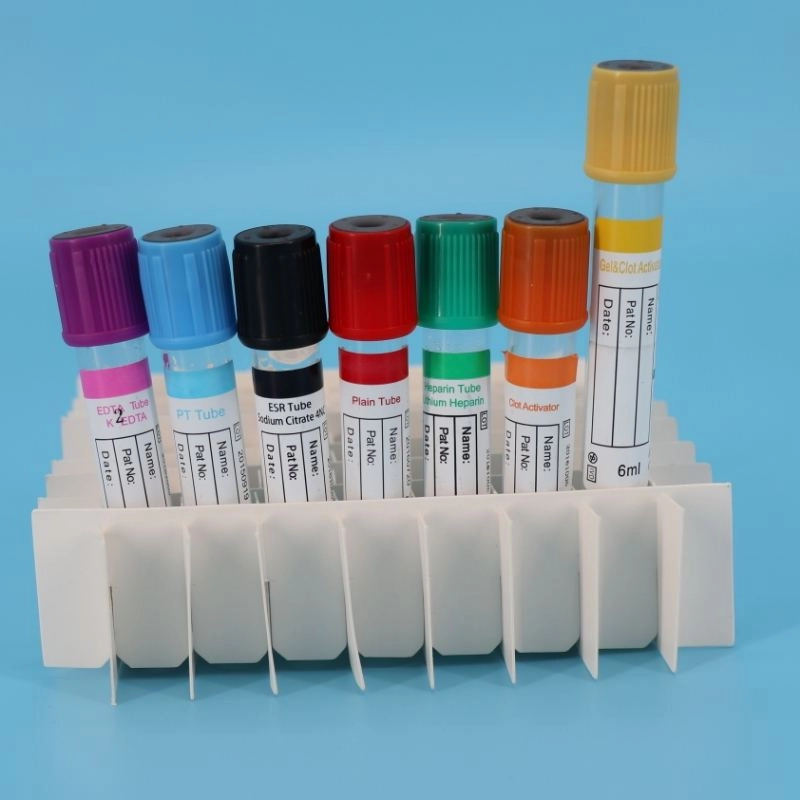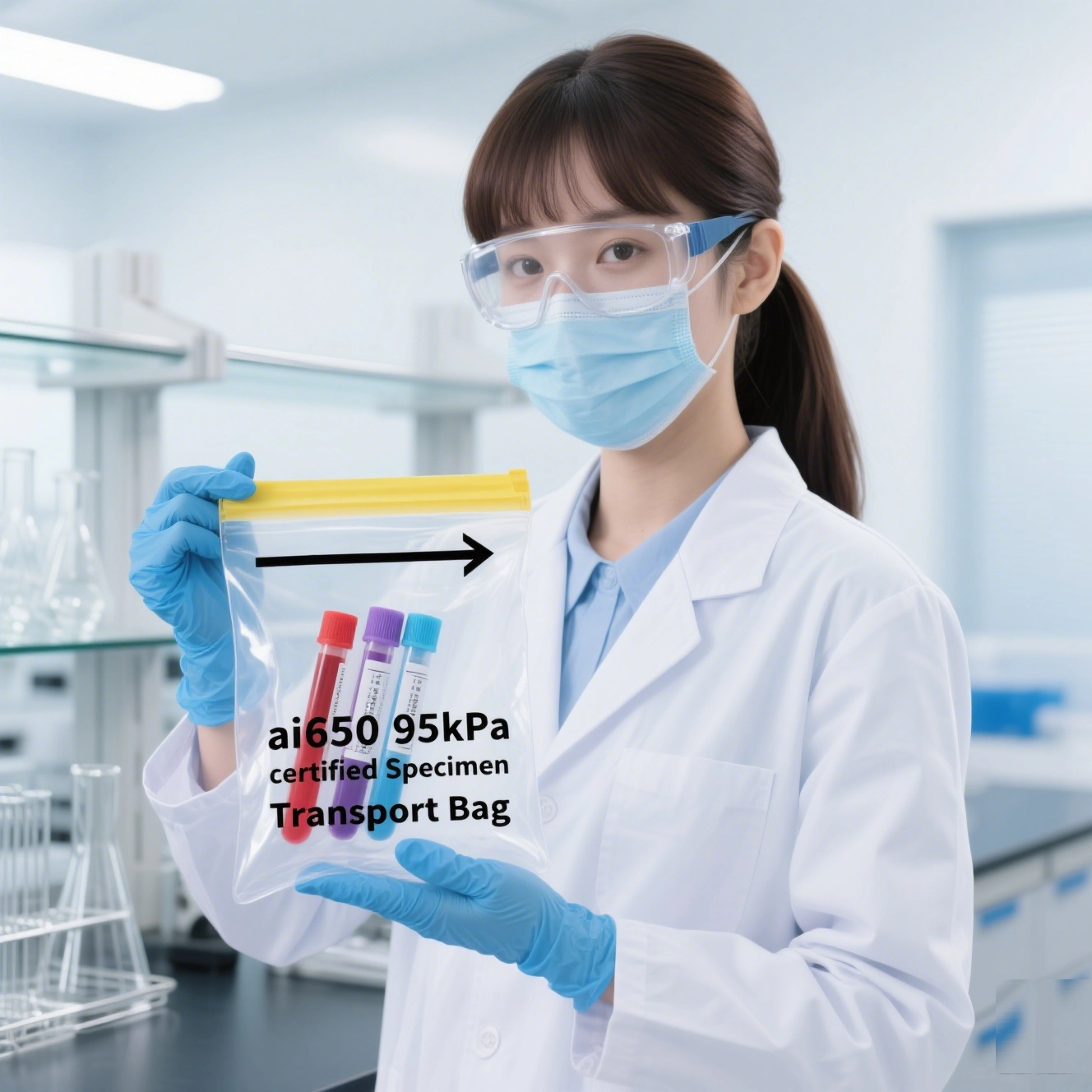Safe and Compliant Transport of Biological Specimens: Essential Packaging Solutions
Release time: 2025-09-24
In the fast-paced world of healthcare, diagnostics, and research, the safe transport of biological specimens is not just a logistical necessity—it’s a regulatory imperative. From blood samples to tissue biopsies, these materials must be protected from contamination, leakage, and environmental hazards while adhering to international standards like UN3373 for Biological Substances, Category B. This article explores key components of specimen transport systems, including containers, absorbent pads, specialized blood bags and boxes, medical courier bags, and UN3373-compliant packaging, highlighting how they work together to ensure integrity and compliance.
The Foundation: Specimen Transport Containers
Specimen transport containers form the primary layer of protection in any bio-sample shipping process. These are typically leak-proof vials, tubes, or cups designed to hold liquids like blood, urine, or other fluids without compromising sample quality. Made from durable materials such as polypropylene or polyethylene, they feature secure closures like screw caps or snap lids to prevent spills during handling or transit.
Common examples include graduated urine collection cups (2–6.5 oz capacity) and blood collection tubes, often sterile and labeled for easy identification. For compliance, these primaries must withstand pressure changes—many are tested to 95kPa standards, ensuring they remain intact even at high altitudes during air transport. Without robust primaries, the entire chain of custody fails, risking not only sample degradation but also exposure to biohazards.
Absorbent Pads: The Unsung Heroes of Leak Prevention
No transport system is complete without absorbent pads, which act as a critical safeguard against accidental leaks. These super-absorbent sheets or pouches—often made from cellulose wadding, cotton balls, or specialized polymers—are placed around primary containers to soak up any escaped liquids, containing spills and maintaining package integrity.
In UN3373 protocols, absorbents must be sufficient to handle the full volume of all primaries in a shipment; for instance, a single blood tube’s contents (up to 10 mL) require targeted padding. Products like 4/7-slotted absorbent pocket sleeves secure multiple tubes while providing compartmentalized absorption, ideal for clinical labs or courier services. FedEx guidelines emphasize using enough material to absorb entire contents, preventing secondary contamination during drops or vibrations. These pads not only enhance safety but also simplify cleanup, making them indispensable for high-volume operations
Blood Transport Bags and Boxes: Tailored for High-Risk Fluids
Blood samples demand specialized handling due to their volume and biohazard potential. Blood transport bags are resealable, pressure-tested pouches (often 95kPa certified) with built-in slots for tubes, ensuring tubes don’t shift or break. These bags serve as secondary packaging, enclosing primaries and absorbents in a watertight barrier.
Complementing them are rigid outer boxes, typically corrugated fiberboard or insulated variants, capable of withstanding a 1.2-meter drop test per IATA Packing Instruction P650. For temperature-sensitive blood products, options like Intelsius’ GreenTherm shippers add thermal control, maintaining chains from -20°C to ambient. These systems are versatile for road, air, or sea transport, with features like document pockets for manifests. In practice, a complete kit might include a 95kPa bag, absorbent sleeve, security seal, and labeled box—ready for everything from hospital-to-lab runs to global clinical trials.
Medical Sample Courier Transport Bags: Mobility Meets Compliance
For on-the-go transport, medical sample courier bags bridge the gap between lab and field. These durable, often insulated carriers—think padded polythene envelopes or MedDXTAINER systems—are engineered for couriers and hospital shuttles, holding multiple specimens securely during urban or inter-facility hauls.
Key features include zip-lock seals, biohazard icons, and compatibility with UN3373 markings, allowing quick loading of primaries, absorbents, and secondaries. Unlike static boxes, these bags prioritize portability: lightweight yet tough, with handles for easy carry and compartments to separate samples. They’re especially useful in home care or remote collection, where samples like swabs or fluids return via standard postal services. Compliance is baked in—many are pre-labeled with “Exempt Human Specimen” for low-risk items—ensuring couriers avoid fines while speeding delivery.
UN3373 Packaging: The Regulatory Backbone
At the heart of it all is UN3373 packaging, the global standard for Category B substances—non-infectious diagnostic specimens like blood or excreta with low pathogen risk. Defined by the UN’s Model Regulations and enforced by IATA/ICAO for air, it mandates a triple-layered system: leak-proof primaries, watertight secondaries with absorbents, and sturdy outers.
The iconic UN3373 diamond label (50mm sides) declares “BIOLOGICAL SUBSTANCE, CATEGORY B,” alongside shipper details. Exemptions apply to minimal-risk items (e.g., routine blood glucose tests), marked as “Exempt Human Specimen,” but even these require leak-proofing. Solutions like SpeciSafe® or Clinibox kits streamline assembly: a 95kPa pouch holds tubes with absorbents, slotted into a drop-tested box. Limits cap liquids at 1L per primary and 4L per package, with dry ice options for frozen payloads up to 96 hours. Non-compliance risks delays or quarantines, underscoring why certified systems from providers like Intelsius or Alpha Laboratories are non-negotiable.


